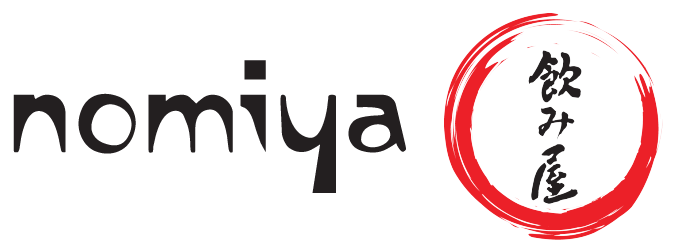10 Unique Japanese Eating Etiquette Rules
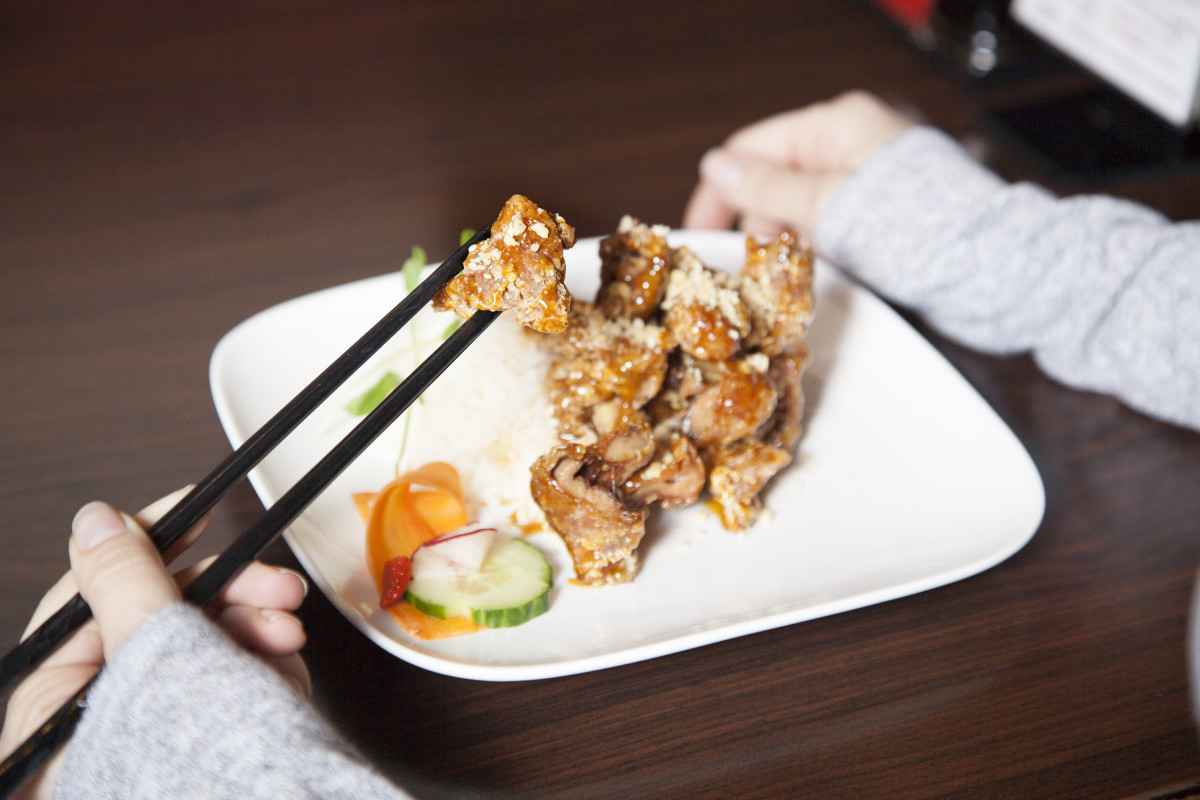
Japanese culture has such a rich, traditional history that there’s proper etiquette for nearly every occasion. Meals, either formal or informal, are no exception. While we just want you to enjoy your meal and get a taste of authentic Japanese cuisine at Nomiya, these traditional Japanese eating etiquette rules might come in handy if you’re planning a trip to Japan! And don’t worry if you’ve been guilty of some of these faux-pas, we promise we won’t be offended!
-
Seating arrangements are important and symbolic
Traditional Japanese meals are taken sitting on a reedlike mat called the tatami. At formal traditional Japanese dining events, you may be sitting in a seiza position (on heels with your legs tucked underneath the butt), which can be uncomfortable. If your host or hostess suggests that you “get comfortable”, you may sit cross-legged (if male), or with your legs tucked to one side (if female). Never spread your legs directly out in front of you.
The middle of the table is the most honored position, and the second most important person seated next. The host sits at the middle of the table on one side, and the honored guest in the middle on the other side, opposite the host. The honored guest sits on the side of the table farthest from the door.
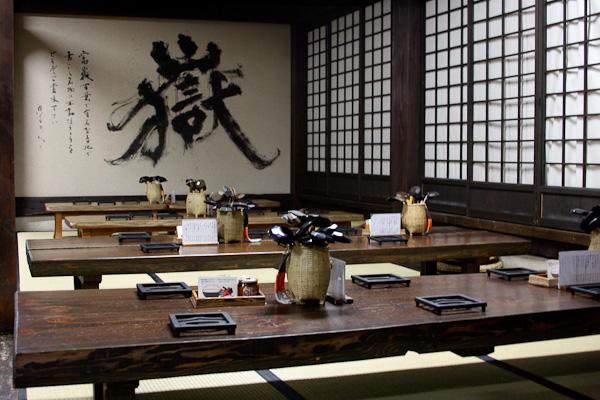
2. Never raise your food above your mouth.
Your mouth is the highest point your chopsticks should ever reach. No need for a staring contest with your nigiri before you eat it. You’ve already won the battle, time to reap the reward.
3. Never rest your chopsticks on your bowl.
You’ve probably seen this done so many times it seems like the correct thing to do, but using your bowl as a resting place for your chopsticks rest is a breach of etiquette. If no chopstick rest is available, use the wrapper the chopsticks came in to make your own. If a wrapper isn’t available, you should rest your chopsticks on the side of a tray or other similar item on the table.
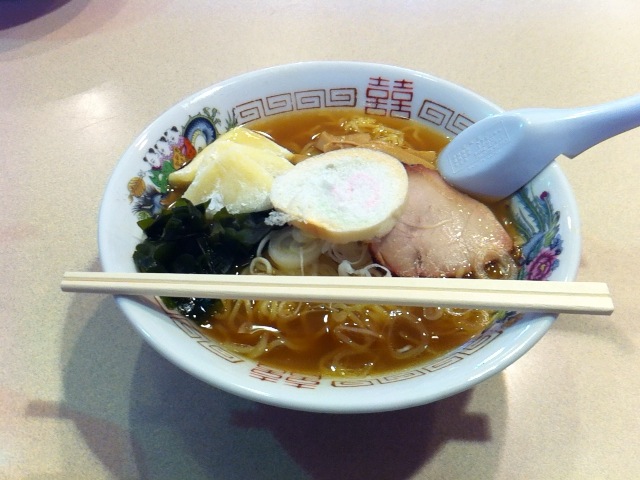
4. Never use your hand to catch falling food.
While it may seem polite, cupping your hand to catch falling bits of food is actually considered bad manners. Live and let fall!
5. Slurping is a sign of appreciation!
In Japanese culture, slurping your noodles shows how much you’re enjoying the meal. The slurping process also cools down the noodles and enhances flavours, so get in there and slurp it up!

6. Eat your soup with chopsticks.
No, seriously. Use chopsticks to eat the solid food items from the broth. When you’re finished, bring the bowl to your mouth and drink the broth straight the same way you’d drink a cup of tea.
7. Return all your dishes to how they were at the start of the meal once you’re done.
This is common courtesy in most cultures but is especially important in Japan. This process includes replacing the lids on dishes and putting your chopsticks back on the chopstick rest or in the paper holder they came in.
8. Be conscious of how much soy sauce you pour yourself
In the small bowl provided, pour only as much soy sauce as your meal requires. Over serving soy sauce is considered bad manners, but it’s common to leave a trace behind after you’re done.
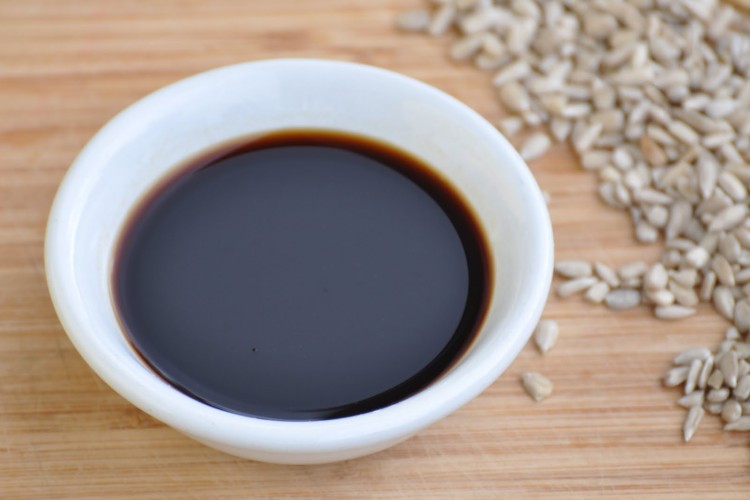
9. Don’t stab food with your chopsticks.
Put down the harpoon, Captain Ahab. This isn’t the open sea and you’re not on a hunting expedition. Our ocean-wise certified seafood is fresh, but not floundering.
10. Usually the one who does the inviting pays the bill.
Sometimes other circumstances dictate who pays, like rank, but most often it’s the one who made the arrangement. Tipping is usually not done, but if there is a tip, 10 percent is sufficient.
Some of these rules are likely unknown even to people in Japan, so don’t be discouraged if you’ve committed some of these food-eating faux pas. Keep some of these rules in mind next time you’re at Nomiya and impress your friends with your knowledge of Japanese etiquette!
